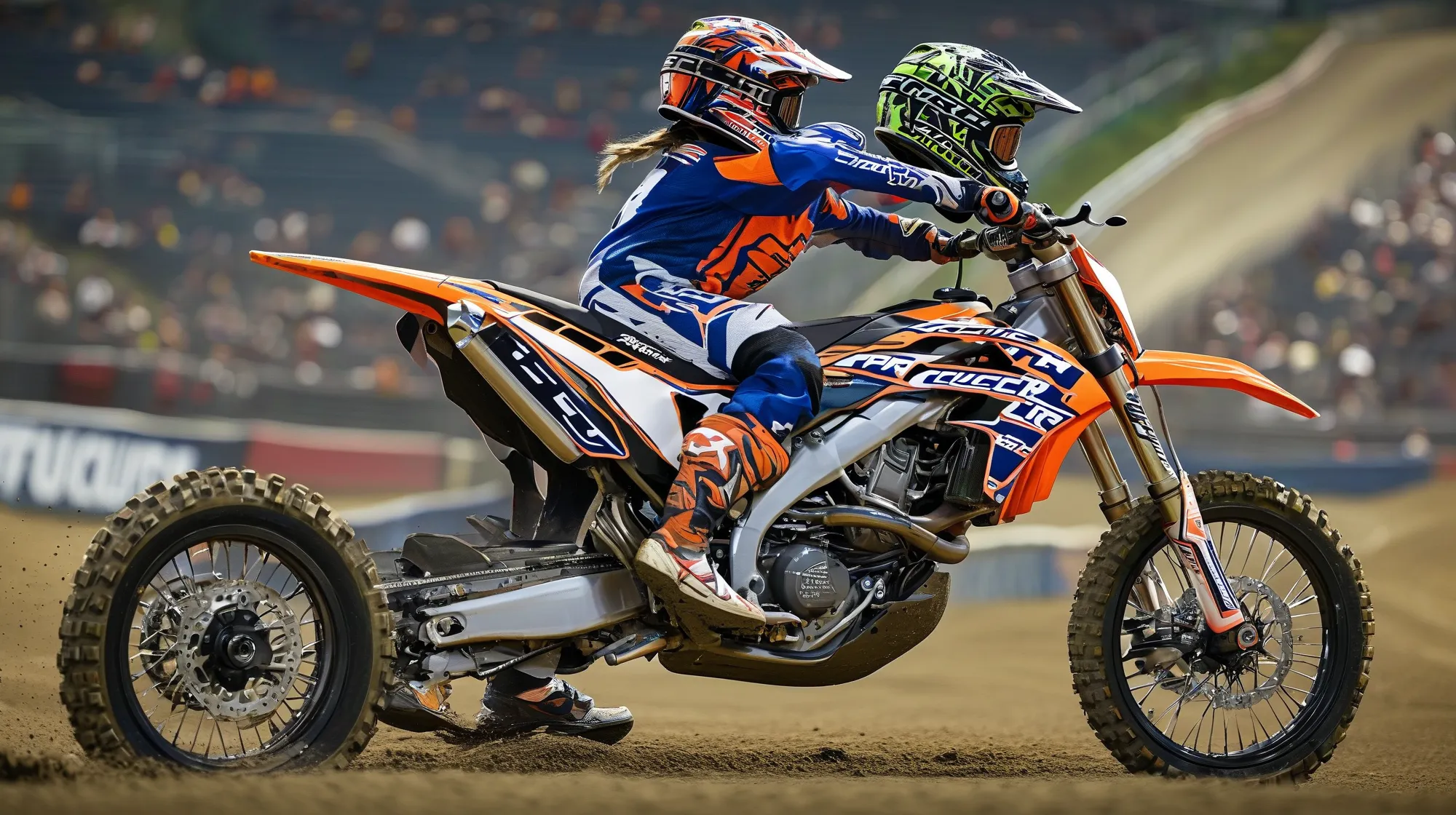Professional circuit racing demands more than skill behind the wheel—it requires gear engineered for peak performance, safety, and style. Whether you’re a seasoned racer or stepping into the competitive world of track driving, selecting the right equipment is critical. This guide dives into the essentials of pro-level racing gear, backed by industry standards and expert insights, to help you optimize both your lap times and confidence on the track.
The Foundation: Racing Helmets
A high-quality helmet is non-negotiable in motorsport. Look for certifications like FIA 8859-2015 or Snell SA2020, which guarantee rigorous testing for impact resistance and fire protection. Carbon fiber helmets, such as those from Arai or Bell, combine lightweight design (often under 1.3kg) with superior aerodynamics. According to a 2023 study by the Global Racing Safety Council, helmets meeting updated FIA standards reduce rotational force injuries by 27% compared to older models. Prioritize a snug fit—experts recommend visiting a certified retailer for a professional fitting to avoid movement during high-G maneuvers.
Fire-Resistant Racing Suits: Balancing Safety and Comfort
Modern racing suits aren’t just about flame resistance; they’re optimized for driver mobility and thermal regulation. Multi-layer Nomex® fabrics (minimum SFI 3.2A/5 rating) provide up to 10 seconds of burn protection, crucial during emergency exits. Brands like Alpinestars and Sparco integrate ergonomic pre-curved sleeves and moisture-wicking liners to combat heat buildup. A 2022 Motorsport Engineering Journal report highlighted that suits with strategic perforation zones can lower core body temperature by 4°C during endurance races, directly impacting focus and stamina.
Gloves and Shoes: Precision Control Essentials
Overlooked by amateurs, pro-grade gloves and shoes significantly affect vehicle feedback. Look for gloves with silicone grip patterns (like those from OMP or Puma) and double stitching at stress points. The ideal thickness? 1.0-1.2mm—thick enough for abrasion resistance but thin for tactile steering feel. For shoes, ultra-thin soles (under 3mm) enhance pedal sensitivity. NASCAR pit crew studies show drivers with proper footwear reduce reaction times by 0.15 seconds during heel-toe downshifts.
Harness Systems: Beyond Basic Restraints
A 6-point FIA-certified harness (e.g., Schroth or Willans) distributes crash forces across the pelvis and shoulders more effectively than street seatbelts. The angle of shoulder straps matters—the FIA mandates a maximum 20-degree downward angle from seat to harness bar to prevent spinal compression. Data from the FIA Institute reveals proper harness use reduces rib fracture risk by 34% in frontal impacts.
Aerodynamic Apparel: When Every Millisecond Counts
At elite levels, streamlined gear impacts lap times. Suits with textured fabric panels (like Sparco’s SpeedSkin technology) reduce air drag by up to 8%, per wind tunnel tests at Italy’s Dallara Academy. Even helmet visors play a role: tear-off films and anti-fog coatings maintain visibility while cutting aerodynamic disturbance.
Style Meets Function: Customization Without Compromise
While safety is paramount, pro racers increasingly demand personalized aesthetics. Reputable brands now offer custom color schemes and embroidery using SFI-certified materials. Red Bull Racing’s 2023 partnership with Alpinestars demonstrated that custom-tailored suits can maintain safety ratings while aligning with team branding—a trend growing 22% annually in pro circuits.
Maintenance: Prolonging Gear Lifespan
Investments in top-tier gear require proper care:
– Helmets: Replace after any impact or every 5 years (per FIA guidelines)
– Suits: Hand wash with specialized detergent to preserve fire-resistant coatings
– Gloves: Air dry away from direct heat to prevent leather cracking
Pro circuit racing gear represents a fusion of cutting-edge engineering and driver-specific ergonomics. By prioritizing certified safety features, material innovation, and professional fitment, racers gain both competitive edges and critical protection. As four-time World Touring Car Champion Gabriele Tarquini notes: “Your gear is your second skin on track—never compromise its quality.” Stay updated with manufacturer recalls through platforms like the FIA’s Equipment Compliance Portal, and remember: in professional racing, premium gear isn’t an expense—it’s an investment in performance and longevity.




Leave a Reply